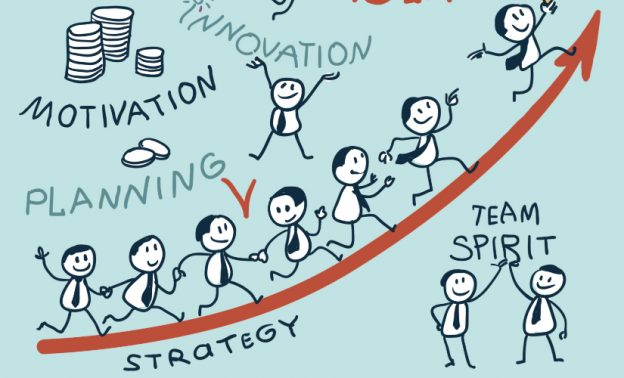One of the biggest mystery in the world of business is how do you optimize your most valuable asset, the employees, for the best outcomes. Now, optimizing people is not as easy as optimizing machines since people comes in variations of strength and opinions. This complicated nature of human is what makes it difficult for companies to unite their workforce and have them work efficiently. Therefore, understanding and taking advantage of human nature to create motivation is the best way to make use of your employees. This is where motivation theories come in: to provide psychological insight of how do employees get motivated.
Common motivation theory includes Maslow’s pyramid of hierarchy, Herzberg Hygine and motivating factors, Pink’s motivation theory etc. (Smallbusiness.chron.com, 2017) Maybe you may have heard some of them before, but if you haven’t, the key thing that I want to tell you is that none of these theories are the same. Some theories may be a bit similar but some of them can also be totally contradicting. For example, Herzberg stated that people are motivated by good working environments such as good relationship with co-workers; while, Taylor stated that people are motivated purely by money (Smallbusiness.chron.com, 2017) . The problem that arises is if motivation theory contradicts, then how do you know which one to use.
I believe that you have to take into account many different factors such as type of jobs, culture, and experience of employees. It depends on the instinct and experience of the manager to correctly allocate different motivational theories/strategies to different groups of employees. For example, since labor workers are there to repeat certain steps in production, a piece rate for them may be a suitable for them because there is no innovation involved in this job and they are likely to be in need of money (Smallbusiness.chron.com, 2017). On the other hand, since a website designer may need more freedom to innovate therefore, Pink’s theory of having employees under laissez faire management may be applicable in order to boost the website designer’s innovation capacity (tutor2u, 2017). if you apply the motivation strategies vice versa (of labor workers and website designers), demotivation can occur since they have different wants and working style.
I want to conclude that the key thing about motivating employees is about understanding the employee’s background. This may require a lot of experience and emotional intelligence in order to see through the employees and figure out how to get them working. Once understood, motivation theories can then be applied.
References:
tutor2u. (2017). Motivation – Pink (Three Elements of Intrinsic Motivation) | tutor2u Business. [online] Available at: https://www.tutor2u.net/business/reference/motivation-pink-three-elements-of-intrinsic-motivation [Accessed 15 Oct. 2017].
Smallbusiness.chron.com. (2017). Herzberg & Taylor’s Theories of Motivation. [online] Available at: http://smallbusiness.chron.com/herzberg-taylors-theories-motivation-704.html [Accessed 15 Oct. 2017].
Image Sorce:
Success Labs – Baton Rouge Leadership Development Consulting. (2017). Leadership Development News Roundup: Employee Motivation Edition –. [online] Available at: https://mysuccesslab.com/leadership-development-news-roundup-employee-motivation-edition/ [Accessed 15 Oct. 2017].
Word count 402

I find that for some non-performing employees, fear of losing job is the best to boost their morale.
However, I feel that care should be taken to not spread this feeling of ‘lack of job security’ amongst performing and motivated employees.
This is my opinion.
Really nice article.
Keep up the good work.